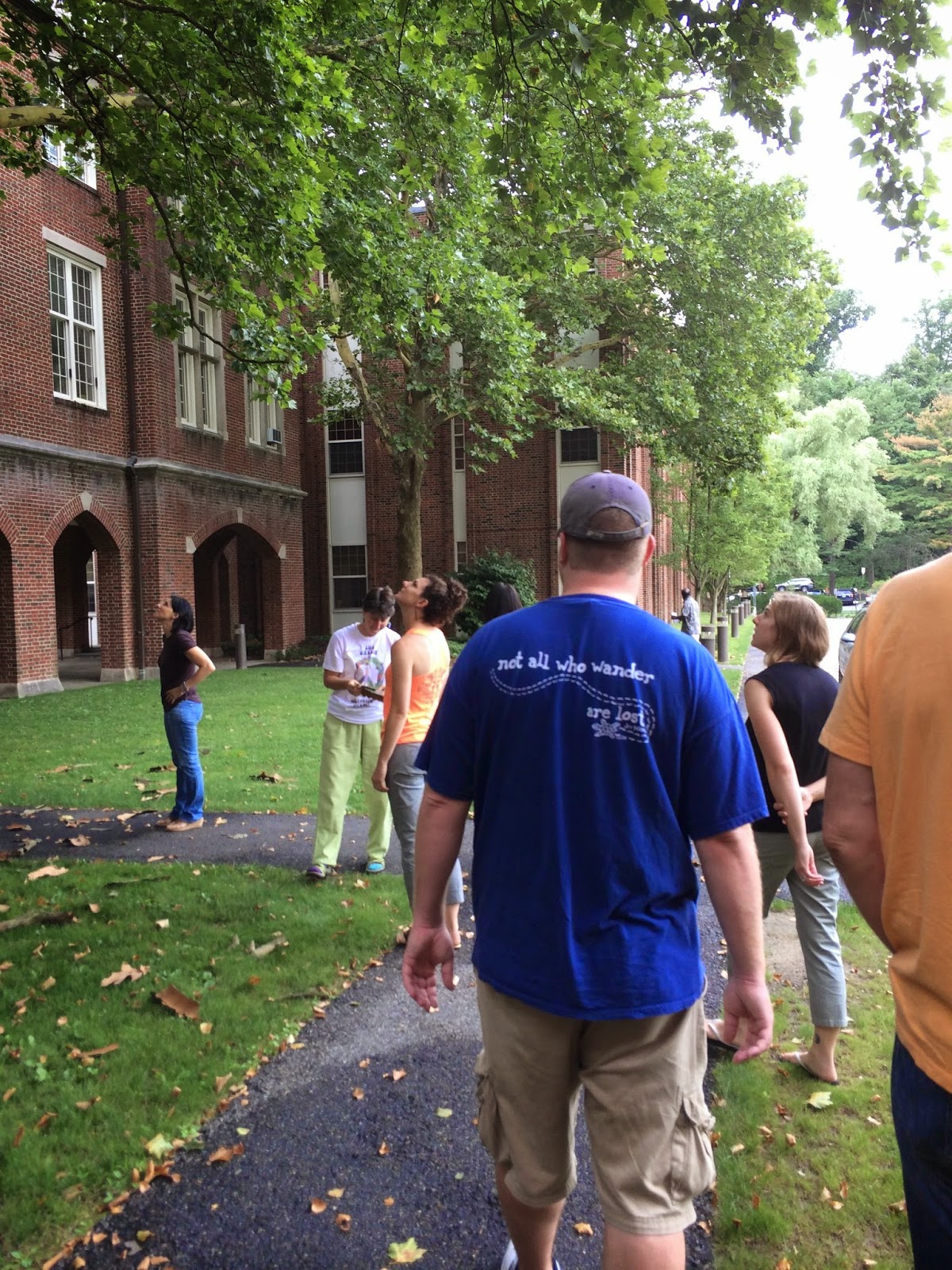The following is the speech I delivered to the Honor Society at their induction of new members this past Wednesday night. It needs no other introduction....
It is truly an honor to be asked to
speak to you tonight and I would like to thank Signifer for the invitation. This is an exciting night and you are all to be
congratulated on your achievement. You have worked hard; persevered through
obstacles; put schoolwork first; and given up some things that would probably
have been more fun in order to receive this honor. And while grades do matter,
they are only one measurement of your abilities. But I know it is no small accomplishment
to get here. Along the way, I am fairly sure you have had weeks where you
thought you could not possibly get through all the work you had, or come up
against an assignment that was truly difficult for you. And you figured out how
to get through those challenges: you reached out to teachers or peers to get
help; you dug down deep and stuck with it. You have shown that you have grit
and perseverance. These qualities will be ones you call on again and again in
your lives when the going get’s tough, and I’d like to mark tonight as an
acknowledgement of those qualities. You will need them as you face the
challenges and problems of the 21st century.
For the world has changed since I
graduated from high school. You all hold more knowledge in your hands-in your
smart phones-than is contained in all the textbooks published in my lifetime.
The world is at your fingertips and you have the ability to connect with information
and people from across the globe. I know that this wealth of information and
the speed with which it is available can be overwhelming sometimes. It is easy
to get lost in that and loose sight of the bigger picture. But it is also creates opportunities that
were unthinkable in my day. If you want
to know something, you just have to figure out how to ‘Google it.’
But what good is all this knowledge
and connectivity if you don’t use it? The concept of Open Source has made
information and research available that was previously privileged. It allows
for large-scale collaboration across the globe. Crowdfunding gives inventors
the chance to actually get their ideas funded and built. Democratizing access
to information has changed the way that new products and technology are created
and allows innovation to happen at an amazing pace.
You have opportunities all around
you. I know you are busy, doing school. You have your eye on the end goal-that
college acceptance letter. But do not let that be the sole criteria for how you
spend the rest of your time at Scarsdale High School. Take advantage of the
people around you. We are all here to help you define your interests and
passions and achieve your goals. But don’t aim too low. Have high standards for
yourself. Yes, getting into that great college is amazing, but don’t let it be
all you strive for. I don’t want you to look back at high school and realize
that’s all it was about. Because if you think of this moment in your life as
the pinnacle of your achievement, if you take this award and do nothing more
than put it on a shelf in your room to collect dust-another knick-knack along
with those soccer trophies or swimming ribbons-then this honor has been wasted
on you. You are all here because you cared enough to work hard and to value
your education, but your intelligence is useless if you now rest on your
laurels.
So, I would like to issue you a
challenge this evening. From this moment on, I want you to consider it your
responsibility to take that grit, that intelligence, and that knowledge and go
out into the world and make change. Be curious about the world and its
problems; take time to wonder, look for opportunities to make things better. Improve
the world. Don’t wait. There are problems and needs right now. Take
advantage of senior options-do something real. Don’t settle for working at an
elementary school because it’s easy. If you need help, come see me and I’m
happy to give you some concrete suggestions. There are things that need fixing
here or just a few blocks from here. DO SOMETHING NOW!
The future is complex and filled
with difficult, multi-disciplinary challenges. If you choose to sit back and
let others solve them, then you have failed us-your teachers, your parents and
your peers. But if you choose to look around you, identify needs, see problems,
and look for solutions, then you will be using your education and your
intelligence productively. It won’t be easy and you will fail--a lot. And
failure isn’t something with which most of you here are comfortable. But it’s a
key ingredient in success. You will be discouraged and feel like quitting
sometimes, but I hope you will remember this night and know that we believe in
you and your ability to persevere. You’ve proved it. And I’m hopeful. I know that
you will take my challenge seriously. That’s who you are. You are our future.
And from where I’m standing right now, the future looks bright. So, remember
tonight as a milestone that acknowledges your achievements, but also remember
it as the beginning of something special: a mindset that allows you to look
around you, examine problems and identify needs. Don’t wait for someone to give
you an assignment-I’m pretty sure Steve Jobs wasn’t given an assignment to
create the iPhone. Don’t wait until you are in college or worse yet until after
college. Use your skills, your resilience and grit to tackle something real NOW
and keep trying until you’ve made a difference.




.jpg)

.jpg)
.jpg)





















.jpg)
